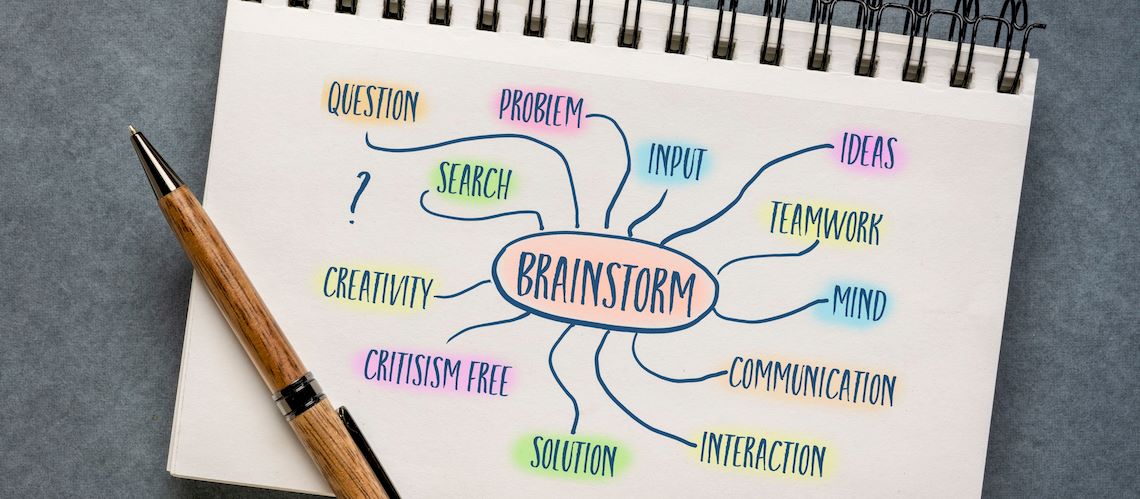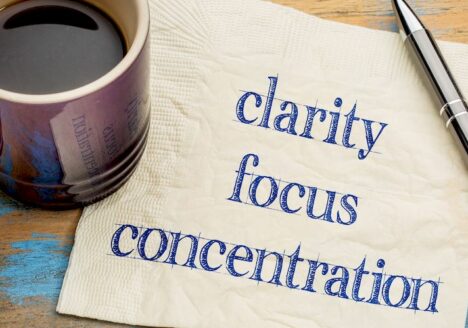Mind mapping is a groundbreaking visual tool that allows individuals to capture, organize, and analyze information effectively. By leveraging the natural associative and visual processes of the brain, mind mapping enhances cognitive abilities, fosters creativity, and promotes clarity. This powerful technique has wide-ranging applications in education, professional development, and personal growth.
Definition and Structure
At its core, a mind map is a diagram designed to organize information visually and hierarchically. Starting from a central idea, branches radiate outward to represent subtopics, which can be further detailed with smaller branches. This structure mirrors the brain’s natural process of association, making it a dynamic and intuitive tool for processing and retaining information (Buzan et al., 2010).
The visual nature of mind maps incorporates colors, images, and spatial arrangements, which engage both hemispheres of the brain. This dual engagement enhances memory retention and recall (Liu et al., 2014), while the interconnected nature of branches helps users see relationships between concepts, leading to deeper insights (Mento et al., 1999).
History and Origins
While visual diagrams have been used historically—Leonardo da Vinci’s sketches being a notable example—mind mapping as a formalized method was popularized by British psychologist Tony Buzan in the 1970s. Buzan’s technique was inspired by his studies of radiant thinking, a concept reflecting how the brain naturally generates and organizes ideas (Buzan et al., 2010). His structured approach to mind mapping provided a framework for enhancing creativity, learning, and memory.
Buzan’s work has since been validated by numerous studies, which have demonstrated the efficacy of mind mapping across educational and professional settings (Batdi, 2015; Liu et al., 2014; Shi et al., 2023).
Principles of Mind Mapping
Mind mapping operates on several foundational principles that reflect the way the brain processes information:
- Radiant Thinking:
- Mind mapping mimics the brain’s ability to radiate ideas outward from a central core. This principle supports divergent thinking, encouraging users to explore and connect ideas freely (Buzan et al., 2010).
- Association:
- The creation of connections between branches fosters deeper understanding and promotes creativity. This associative process is particularly valuable for problem-solving and decision-making (Mento et al., 1999).
- Visualization:
- The use of colors, images, and spatial arrangements activates multiple sensory pathways in the brain, enhancing engagement and memory retention (Liu et al., 2014).
Cognitive and Organizational Benefits
Extensive research underscores the advantages of mind mapping for cognitive and organizational development:
- Enhanced Creativity:
- Mind maps encourage non-linear thinking, helping users generate novel ideas and approach problems creatively (Mento et al., 1999).
- Improved Memory:
- Visualization and hierarchical structuring significantly improve memory retention and recall. Studies show that students using mind maps perform better in comprehension and recall tasks compared to those using linear note-taking methods (Shi et al., 2023).
- Organizational Clarity:
- By breaking down complex ideas into manageable components, mind maps provide a clear overview of interconnected concepts (Batdi, 2015).
- Increased Engagement:
- Mind mapping fosters active participation in learning and planning processes, which increases motivation and productivity (Liu et al., 2014).
- Better Decision-Making:
- The ability to visualize multiple facets of a problem in one map aids in evaluating options and making informed decisions (Mento et al., 1999).
Applications of Mind Mapping
The versatility of mind mapping allows it to be applied effectively in various domains:
1. Education
Mind mapping is a proven method for improving student performance:
- Enhanced Learning: A meta-analysis by Batdi (2015) found that students using mind maps showed higher comprehension and retention rates compared to traditional learning methods.
- Critical Thinking: Shi et al. (2023) demonstrated that mind mapping enhances higher-order cognitive skills, such as analysis and synthesis.
- Subject Versatility: Effective in STEM fields, language learning, and humanities (Liu et al., 2014).
2. Professional Development
In executive education and workplace training, mind mapping has been shown to:
- Improve strategic thinking and systems analysis (Mento et al., 1999).
- Enhance collaborative brainstorming and project planning.
- Aid in decision-making by visualizing complex scenarios.
3. Personal Growth
Mind mapping supports personal productivity and self-reflection:
- Goal Setting: Mind maps provide a clear visual framework for setting and tracking goals (Buzan et al., 2010).
- Journaling and Planning: They enable users to organize thoughts, plan life events, and reflect on progress.
Scientific Evidence Supporting Mind Mapping
The efficacy of mind mapping is well-supported by empirical evidence:
- Meta-Analyses:
- Shi et al. (2023) conducted a meta-analysis showing that mind mapping significantly improves cognitive outcomes, particularly in problem-solving and creative thinking.
- Batdi (2015) revealed that mind mapping outperforms traditional learning methods in fostering comprehension and retention.
- Experimental Studies:
- Liu et al. (2014) found that students using mind maps grasp complex concepts more effectively and retain knowledge longer.
- Mento et al. (1999) reported that executives trained in mind mapping exhibited improved strategic decision-making and collaborative skills.
- Neurocognitive Insights:
- Buzan et al. (2010) emphasized that the visual and associative nature of mind mapping engages both hemispheres of the brain, enhancing cognitive processing.
How to Create an Effective Mind Map
Getting started with mind mapping is straightforward, but maximizing its potential requires intentionality:
- Central Idea:
- Begin with a clear and focused central concept.
- Branching:
- Develop main branches for key subtopics and smaller branches for supporting details.
- Visual Enhancement:
- Use colors, images, and symbols to make the map more engaging and memorable (Buzan et al., 2010).
- Iteration:
- Regularly refine the mind map as new information or insights arise (Liu et al., 2014).
Case Examples
Educational Success:
A study by Liu et al. (2014) demonstrated that students using mind maps achieved higher test scores and reported greater confidence in their understanding of course material.
Corporate Applications:
Executives participating in training programs described by Mento et al. (1999) used mind maps to streamline planning processes and improve decision-making.
Challenges and Considerations
While mind mapping is highly effective, some users may encounter initial challenges:
- Adapting to the Technique: Beginners may find the non-linear structure unfamiliar (Liu et al., 2014).
- Quality of Implementation: Outcomes depend on the quality and consistency of application (Shi et al., 2023).
Educators and trainers can address these challenges by providing clear instructions and emphasizing iterative practice.
Conclusion
Mind mapping is a versatile and scientifically validated tool that empowers individuals to think creatively, organize information effectively, and achieve their goals. Whether used for learning, professional development, or personal growth, the benefits of mind mapping are profound and far-reaching.
As highlighted by Shi et al. (2023) and Buzan et al. (2010), adopting mind mapping is not just a strategy for managing information—it is a pathway to unlocking cognitive potential. By incorporating mind mapping into your daily life, you can transform the way you think, learn, and grow.
References:
Batdi, V. (2015) ‘A meta-analysis study of mind mapping techniques and traditional learning methods’, The Anthropologist, 20(1–2), pp. 62–68.
Buzan, T., Buzan, B. and Harrison, J. (2010) The Mind Map Book: Unlock Your Creativity, Boost Your Memory, Change Your Life. 1st edn. New York, NY: Pearson BBC Active.
Liu, Y., Zhao, Y., Zheng, J. and Liu, Z. (2014) ‘The effect of mind mapping on teaching and learning’, Proceedings of the 2014 International Conference on Education Technology and Science, pp. 1–9.
Mento, A. J., Martinelli, P. and Jones, R. M. (1999) ‘Mind mapping in executive education: applications and outcomes’, Journal of Management Development, 18(4), pp. 390–416.
Shi, Y., Xie, C. and Wei, Y. (2023) ‘Effects of mind mapping-based instruction on student cognitive learning outcomes: a meta-analysis’, Asia Pacific Education Review, 24(3), pp. 303–317.




